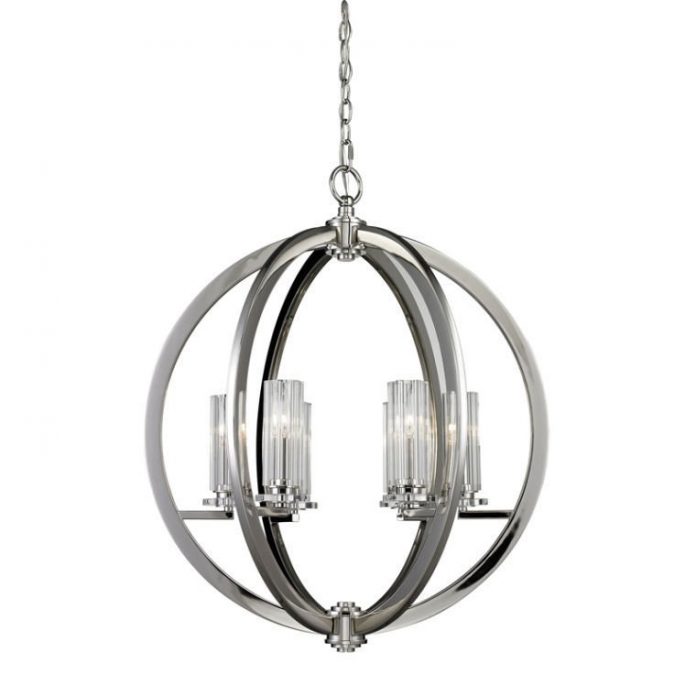Light changes everything. The right lighting fixture can increase functionality, create a warm and inviting look, and add beautiful style to your home. There is an endless variety of wonderful fixtures in countless styles and finishes. When brought together in a creative and functional plan, your home really will light up your life.
Style
Sculptural style lighting fixtures combine function and art with unique abstract designs. Usually very detailed, they feature unique shapes, accents and colors. Large sculptural lighting fixtures can add a bold style statement or a conversation piece. Smaller sculptural lighting fixtures can be used to add interest throughout a room, like pieces of art.
Refined rustic is an update of casual country style combined with industrial elements, which result in a modern, urban look. It brings together rustic finishes with modern shapes, fabrics and accents for a more refined look. Rustic wood finishes with contemporary linen shades or modern cut crystals are examples of this refined rustic look.
Crystal is enjoying a huge resurgence in lighting. Crystal lighting is often associated with expensive, traditional luxury design. But today’s crystal lighting comes in a wide variety of styles that can add glamour to any room – from traditional to contemporary.
Modern elegance combines elegant and luxurious materials with contemporary clean lines. Modern designs, which are often considered cold, are warmed up with luxurious materials. Simple, modern shapes and new metallic finishes are accented by a bit of bling with modern cut crystals and unique glass shapes.
Polished nickel and chrome continue to be the most popular finishes for lighting. And shiny finishes continue to be more popular over matte and brushed versions.
Brass is making a comeback in lighting and accessories. Choose pieces that offer contemporary designs or simple classic styles, to avoid looking dated.
Function
The most important part of creating a good lighting plan for your home is to use a variety of different types of lighting. Create three layers of lighting-ambient, task and accent. A common mistake is to expect one type of lighting to do it all. Each type meets a particular need. Using all three types insures your room will be properly illuminated.
Ambient lighting – also called general lighting – provides overall illumination for a room, and is intended to create a uniform light level throughout a space. In most homes, when a person steps into a room and flips on a switch, ambient lighting illuminates the space. Ambient lighting can be ceiling-mounted or recessed fixtures that direct light downward, wall sconces or floor-lamp torchieres that wash the walls with light.
Task lighting is targeted to a particular area of a room and intended to illuminate a specific function. Areas of a home that require task lighting include kitchen counters where food will be prepared; living room seating areas where reading will take place; and home office desk surfaces where paperwork will be done. In a kitchen, under-cabinet lighting provides task lighting for a countertop; in a living room, a table lamp is often used for task lighting to accommodate reading.
Accent lighting – also called highlighting – draws attention to a particular object, such as artwork, sculpture, plants or bookcases. Accent lighting is often used outdoors, to highlight a beautiful tree, plant or water feature, or to draw the eye to a particular area of the landscape. Recessed or track lighting is often used for accent lighting, with adjustable fittings that allow light to be focused precisely even on a small object.
If you’re still in the dark about how to light your home and need help developing a lighting plan and choosing the perfect chandelier or a fun lamp, give your decorating professional a call.
Pamela Ryalls-Boyd is an interior decorator who lives in Morgan Hill. She is a Decorating Den Interiors business owner and enjoys working together with Janet Cunningham. Reach Pamela at (408) 776-1412, de******@***il.com or visit www.decdens.com/decdenmh.















